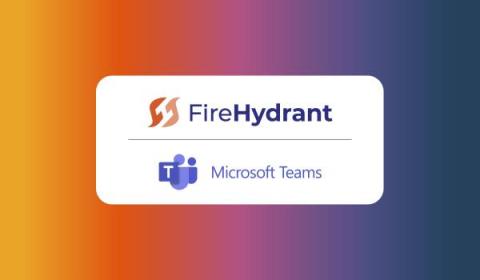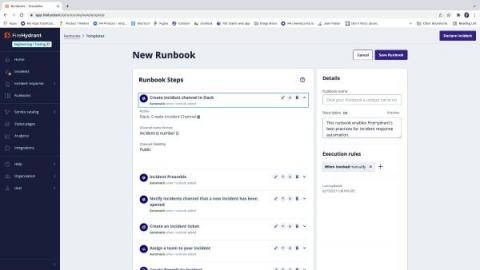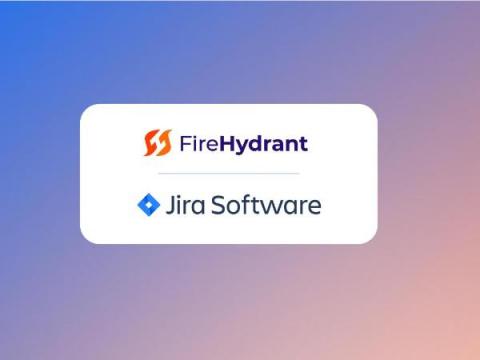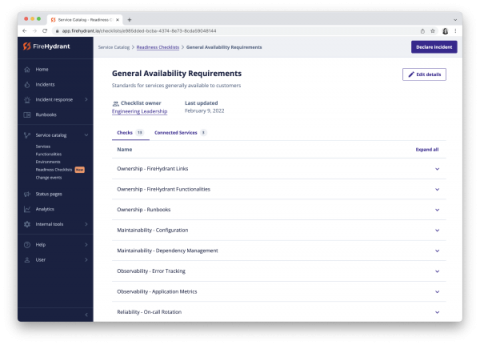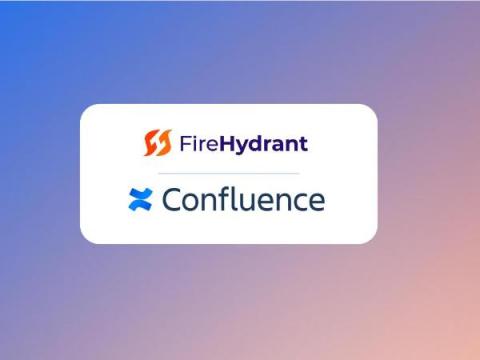FireHydrant is now on Microsoft Teams
Engineering teams can now manage incidents in Microsoft Teams. You’ll have the consistent process and automation of FireHydrant right in the messaging tool you use every day. Effectively run through the entire incident response lifecycle: declare and manage incidents, collaborate with stakeholders, and resolve incidents faster when you integrate FireHydrant with Microsoft Teams.


